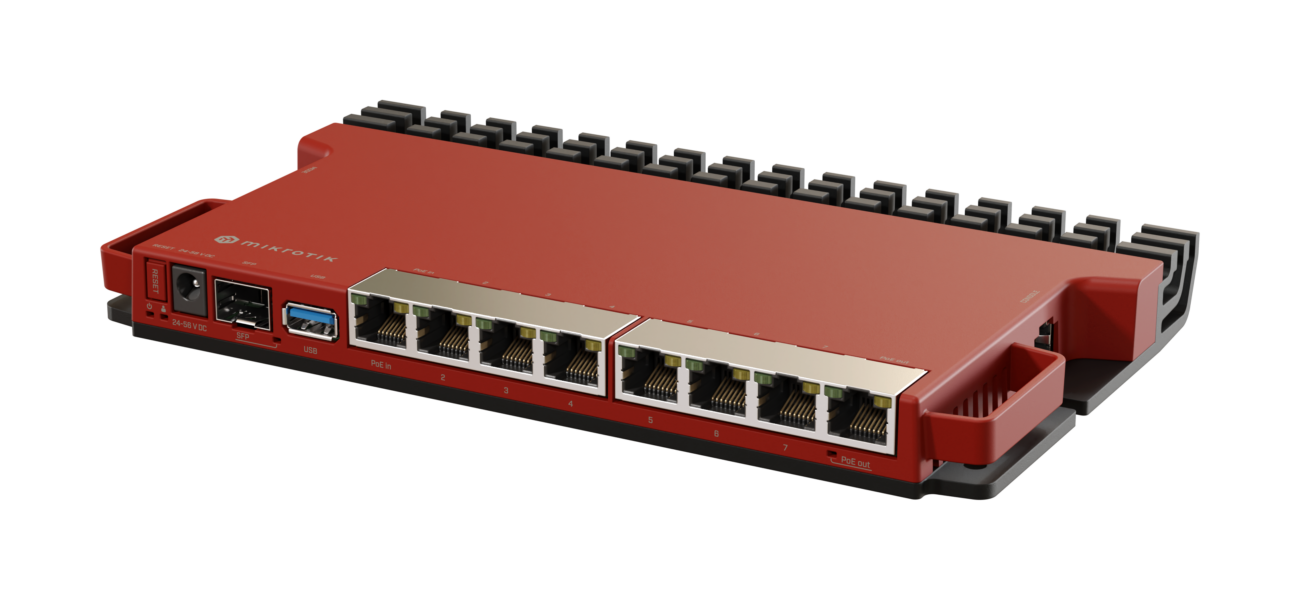Multicast RTP is a great way to page multiple phones at once. 3CX supports multicast groups for on-premises installations, but when you’re cloud hosted and using a 3CX session border controller (SBC), SIP multicast is not available. So it would seem the only option is unicast ring groups, right?
Unfortunately, 3CX’s license model is based on the number of concurrent calls, so paging a large number of phones using a standard unicast ring group eats into your concurrent call limit very quickly.
There’s hardware options out there that work as unicast to multicast relays, that accept a call and relay the RTP streams to a multicast group. This will still consume one channel, but can address as many phones as you need that are subscribed to the same multicast group.
Continue reading →I’ve been driving a 2024 MG HS for a little while now, and while it’s a solid car for the money — comfortable, spacious, and loaded with features — it also comes with its fair share of quirks. Some of them are small annoyances, others feel like software gremlins that somehow slipped through testing. None are deal breakers on their own, but together, they definitely test your patience.
So instead of grumbling to myself every time something odd happens, I decided to write them all down. If you’re thinking about getting one (or already own one and need to vent), here’s a full rundown of the 25 most annoying things about my 2024 MG HS.
Continue reading →Since my last post about linking ElevenLabs and 3CX, there’s another setting that will make the integration experience better.
Passing through caller ID
By default, an outbound call via a SIP trunk in 3CX will pass through the outbound caller ID as defined in the trunk, extension or department. This doesn’t work for forwarding calls out of 3CX to your AI voice agent, so we’ll need to make some changes to the trunk to ElevenLabs.
Unfortunately, since 3CX version 20, it’s not so straight forward to simply update the outbound caller ID anymore, and instead requires exporting and re-importing the trunk config:
- Export your SIP trunk from Voice & Chat (Click … -> Export)
- Save the file as Provider.pv.xml and edit it in a text editor.
- Find the section:
<field name=”ParameterOut” custom=”” parameter=”FromUserPart”>$OutboundCallerId</field> - And update the value to:
<field name=”ParameterOut” custom=”” parameter=”FromUserPart”>$OriginatorCallerId</field> - Save the file and import it back into 3CX: Admin -> Advanced -> Templates -> Provider Templates -> Import Provider
- Setup your outbound rules as required.
Now when calls are passed through to ElevenLabs, you can add the caller ID as a variable (system__caller_id) to be used in your prompts and tools, as well as being stored in the agent logs. You might want to use the caller ID to call tools like looking up a customer in a CRM or sending a verification SMS.
We’re all used to Interactive Voice Response menus – when you call your bank or ISP, you’ve probably had to navigate at least one (but often up to four nested menus!). Listening closely for the required menu option, then picking the closest when none really align to your goal, and pressing the dreaded option to repeat the menu prompt all over again could be behind us.
ElevenLabs offers AI Voice Agents that support natural language processing and generation, and supports integration into phone systems using SIP services, which makes it perfect for integrating into 3CX. We’ll start with setting up your AI voice agent, and move onto configuring 3CX to handle calls in and out of the system.
Continue reading →I’ve been working on a little game in my free time.
Based on the 1970s book by Harry Harrison, Spaceship Medic follows the story of Lt Medic Chase, as an unknown illness strikes down the crew and passengers on the spaceship Johannes Keppler.
The story begins with a meteor striking the ship and killing the captain and first engineer.
Continue reading →Mikrotik make a network monitoring package for their routers called The Dude.
While it’s mostly pretty powerful and flexible, I’ve found some ways to customize it to make it work better for me that you might find useful too.
Continue reading →We all know IPv4 addresses are becoming more scarce, We’ve been warned about it for decades, and yet still every router I touch is primarily configured for IPv4. When it comes to preserving IP space, we’ve had NAT and RFC1918 for decades, and more recently CGNAT with RFC 6598.
I try to be as resourceful with my address space as possible. Most setups only require one routable address per site, some even getting away with CGNAT, particularly with MPLS/SD-WAN technologies.
My ISP at home provides me with a frame-routed /30 IP address range that directs traffic to my allocated subnet to my router via it’s primary IP address.
Instead of assigning 2 usable addresses, and broadcast and network addresses out of the four addresses available, I wanted to explore options for getting the most usable addresses as possible.
Continue reading →At work, we’re a Sophos partner, primarily focusing on the network protection products, including their next-gen firewall range – Sophos XG/XGS Firewall. They tend to work well for most of our smaller clientele, who tend to have 1-5 sites and less than 20 users.
Sophos XG supports a Remote Ethernet Device – essentially a self-provisioning layer 2 bridge device that appears as an interface on your your main firewall. The RED devices themselves aren’t configurable directly, they must be adopted and provisioned through Sophos’ provisioning service, where they’ll download their configuration based on how you’ve set them up in the firewall.
Continue reading →







